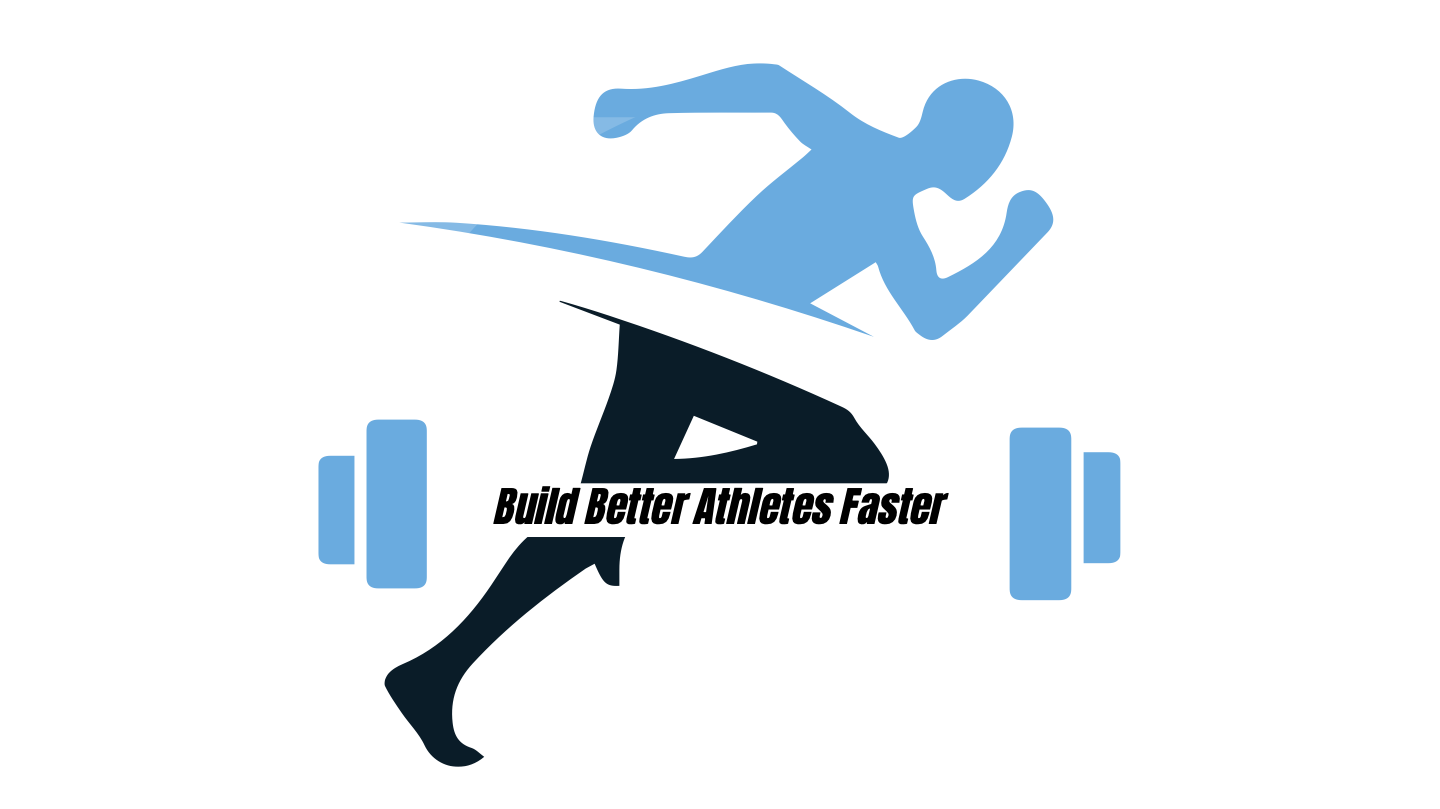Why Your "Coaching Eye" is Your Most Powerful Tool
Introduction
In the fast-evolving world of sport coaching, we’re constantly surrounded by high-tech solutions—motion capture, force plates, GPS, and AI-powered feedback systems. These tools are valuable, but they don’t replace one of the most powerful resources in your arsenal: your coaching eye.
Your coaching eye is your ability to observe, analyze, and interpret an athlete's movements—on the fly, in real-world conditions—and respond with feedback that matters. It’s how you recognize strengths, pinpoint breakdowns, spot fatigue before it becomes injury, and create change with just the right cue. It’s part science, part intuition—and it’s developed, not downloaded.
Whether you’re a strength coach, sport coach, or somewhere in between, this post shares how you can sharpen your coaching eye—no expensive technology required.
What Is the Coaching Eye, Really?
The coaching eye isn’t just about what you see—it’s about how you see. It’s the trained, intuitive ability to detect patterns and details others miss: slight compensations, timing issues, posture breakdowns, changes in mental effort, or even signs of distraction or stress.
It allows you to understand the athlete in front of you and create solutions that take them to the next level.
How to Train Your Coaching Eye (From My Experience)
1. Learn by Doing
For me, the coaching eye started with trial and error. As a self-coached athlete, I had to figure things out by feel and repetition. I made a lot of mistakes—and developed plenty of ingrained errors I later had to unlearn—but the discovery process taught me to pay attention to learn the correct coordination, rhythm, and sequencing and know when it feels right.
Even if you’ve never competed in the sport you coach, my advice is to try it. The multi-sensory experience of performing the skills deepens your understanding far more than observation alone. You’ll gain a feel for the timing, demands, and movement strategies that athletes use—and that insight will stick with you.
2. Learn from Others
Even though I didn’t have regular coaching early on, I sought out insights from every elite athlete and coach I could, especially in Olympic weightlifting and track and field. Watching and training with some of the best helped me lock in what great movement looks and feels like—regardless of weight class, age, or body type.
I also made a point to learn from physical therapists, athletic trainers, and other professionals. Seeing how they assess movement, spot compensations, and correct imbalances gave me a wider lens.
My suggestion: Learn from everyone. Coaches, athletes, athletic trainers, physical therapists—across different disciplines. But don’t just copy. Understand the principles behind their decisions and be mindful of the lens they view the athlete through. Look for patterns of consensus and unique perspectives backed by sport science.
3. Coach Lots of Athletes
There’s no substitute for coaching experience. I’ve worked with everyone from youth athletes to Olympians, and each one teaches you something new. You start to see patterns—how different bodies learn, how fatigue looks in different individuals, what focus or effort really looks like.
You also learn to communicate. You’ll test which cues work, how to give effective feedback, and how to recognize when mental effort is (or isn’t) driving movement. You’ll start to notice hidden factors like attention deficits, stress, or anxiety—things that change how athletes learn and perform.
Athletes don’t move in isolation. Behind every skill and rep is intention, energy, and emotion. Your coaching eye learns to read all of it.
4. Zoom In, Zoom Out
Effective coaches toggle between details and the big picture.
Zoom In: When something looks off, try to determine why. Is it a flexibility issue? A strength deficit? A lack of understanding? Is the athlete simply distracted or fatigued?
Zoom Out: Don’t get stuck on isolated errors. Step back and look at the lift or skill overall—rhythm, coordination, direction of force.
I’ve learned to look for connections—not just in isolated drills but across training, practice, and competition. What changes under pressure? Do they rely too much on their core and not enough on their legs across activities? Are they powerful but slow off the line? These clues tell you what’s limiting performance—and where the fix might lie.
A few targeted flexibility assessments can uncover a root cause you’d otherwise miss.
5. Apply the Sport Sciences
Your coaching eye becomes more accurate when it's backed by science.
Learn:
Biomechanics – Understand movement mechanics and how muscles perform movements efficiently.
Motor Learning – Know how skills are acquired and how cueing and feedback shape performance.
Exercise Physiology – Know how athletes adapt to training and recognize signs of fatigue and readiness.
Psychology – Understand how stress, emotion, and focus affect performance.
Nutrition & Recovery – Identify energy deficits or recovery issues that show up in training.
I was lucky to be coaching while studying sport science, and the field became my lab. Every lesson was something I could apply, test, and refine. And with time, those layers of knowledge made my observations more accurate and actionable.
Final Takeaways
In a world increasingly reliant on data, never underestimate the power of the human eye. The coaching eye fills the gap between objective metrics and real-world performance. It’s how great coaches adapt on the fly, individualize programs in real time, and build deep trust with their athletes—by noticing what others miss.
It’s not just a skill. It’s the art of coaching.
And it’s what sets exceptional coaches apart.


